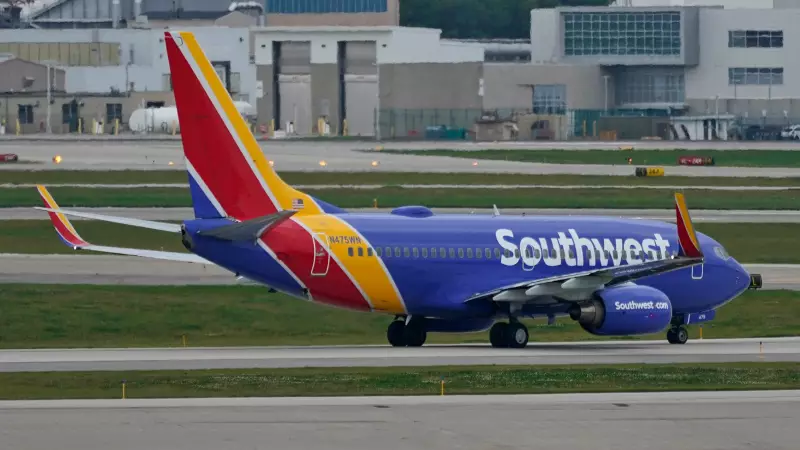
Federal aviation authorities have launched a comprehensive investigation into what could have been a catastrophic mid-air collision between a commercial airliner and a medical helicopter over one of America's busiest aviation hubs.
The terrifying incident occurred on February 11th at Oklahoma City's Will Rogers World Airport, where a Southwest Airlines Boeing 737 carrying 110 passengers and crew came alarmingly close to a Life Flight helicopter. According to preliminary reports, the two aircraft were separated by less than 200 feet vertically and mere seconds from potential disaster.
Seconds from Catastrophe
The Southwest flight, operating as Flight 4069 from Nashville to Las Vegas, was executing a routine landing approach when air traffic controllers noticed the imminent danger. The medical helicopter, meanwhile, was operating in the same airspace under visual flight rules.
"This was one of the closest calls we've seen in recent aviation history," said an aviation safety expert familiar with the investigation. "The margin for error was virtually nonexistent."
FAA Scrambles to Determine Cause
The Federal Aviation Administration has confirmed it's examining multiple factors that could have contributed to the near-disaster:
- Communication breakdowns between air traffic control and both aircraft
- Potential radar system limitations
- Weather conditions at the time of the incident
- Procedural compliance by all parties involved
Both the FAA and National Transportation Safety Board have deployed investigators to reconstruct the event using radar data, cockpit voice recordings, and controller communications.
Southwest Responds to Safety Concerns
In a statement to CTV News, Southwest Airlines emphasized their commitment to safety: "We are fully cooperating with investigators and conducting our own internal review. The safety of our customers and crew remains our highest priority."
The airline confirmed that the flight continued to its destination without further incident, though passengers were unaware of the gravity of the situation until after landing.
Growing Pattern of Aviation Close Calls
This incident adds to a concerning trend of near-miss events in U.S. airspace. Aviation safety experts have documented several similar close calls in recent months, prompting calls for enhanced safety measures and updated air traffic control protocols.
"We're seeing too many of these incidents," the safety expert warned. "Each one represents a potential tragedy that was narrowly avoided through a combination of technology, training, and sheer luck."
The investigation continues as authorities work to implement additional safety measures to prevent similar incidents in the future.





